Year 6
The English curriculum is built around the three interrelated strands of language, literature and literacy. Teaching and learning programs should balance and integrate all three strands. Together, the strands focus on developing students' knowledge, understanding and skills in listening, reading, viewing, speaking, writing and creating. Learning in English builds on concepts, skills and processes developed in earlier years, and teachers will revisit and strengthen these as needed.
In Years 5 and 6, students communicate with peers and teachers from other classes and schools, community members, and individuals and groups, in a range of face-to-face and online/virtual environments.
Students engage with a variety of texts for enjoyment. They listen to, read, view, interpret and evaluate spoken, written and multimodal texts in which the primary purpose is aesthetic, as well as texts designed to inform and persuade. These include various types of media texts including newspapers, film and digital texts, junior and early adolescent novels, poetry, non-fiction and dramatic performances. Students develop their understanding of how texts, including media texts, are influenced by context, purpose and audience.
The range of literary texts for Foundation to Year 10 comprises Australian literature, including the oral narrative traditions of Aboriginal and Torres Strait Islander Peoples, as well as the contemporary literature of these two cultural groups, and classic and contemporary world literature, including texts from and about Asia.
Literary texts that support and extend students in Years 5 and 6 as independent readers describe complex sequences, a range of non-stereotypical characters and elaborated events including flashbacks and shifts in time. These texts explore themes of interpersonal relationships and ethical dilemmas within real-world and fantasy settings. Informative texts supply technical and content information about a wide range of topics of interest as well as topics being studied in other areas of the curriculum. Text structures include chapters, headings and subheadings, tables of contents, indexes and glossaries. Language features include complex sentences, unfamiliar technical vocabulary, figurative language, and information presented in various types of graphics.
Students create a range of imaginative, informative and persuasive types of texts such as narratives, procedures, performances, reports, reviews, explanations and discussions.
(source: www.australiancurriculum.edu.au)
Achievement Standard
Receptive modes (listening, reading and viewing)
By the end of Year 6, students understand how the use of text structures can achieve particular effects. They analyse and explain how language features, images and vocabulary are used by different authors to represent ideas, characters and events.
Students compare and analyse information in different and complex texts, explaining literal and implied meaning. They select and use evidence from a text to explain their response to it. They listen to discussions, clarifying content and challenging others' ideas.
Productive modes (speaking, writing and creating)
Students understand how language features and language patterns can be used for emphasis. They show how specific details can be used to support a point of view. They explain how their choices of language features and images are used.
Students create detailed texts elaborating on key ideas for a range of purposes and audiences. They make presentations and contribute actively to class and group discussions, using a variety of strategies for effect. They demonstrate an understanding of grammar, and make considered vocabulary choices to enhance cohesion and structure in their writing. They use accurate spelling and punctuation for clarity and make and explain editorial choices based on criteria.
(source: www.australiancurriculum.edu.au)
- Plus Plan
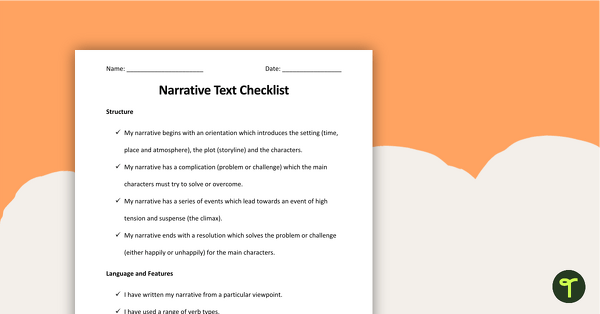
Narrative Writing Checklist — Structure, Language and Features
A checklist for students to use when proofreading and editing their narrative writing.
- Plus Plan
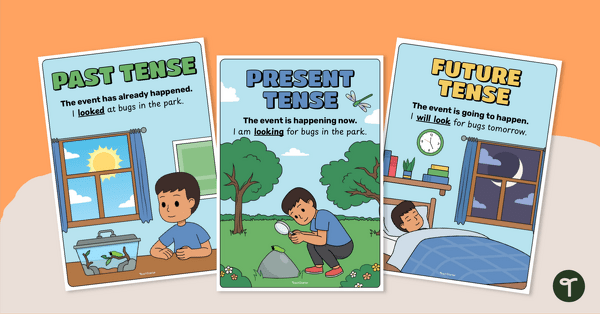
Past Tense, Present Tense and Future Tense Posters
Help your students understand verb tense with this set of past, present and future tense poster examples.
- Plus Plan
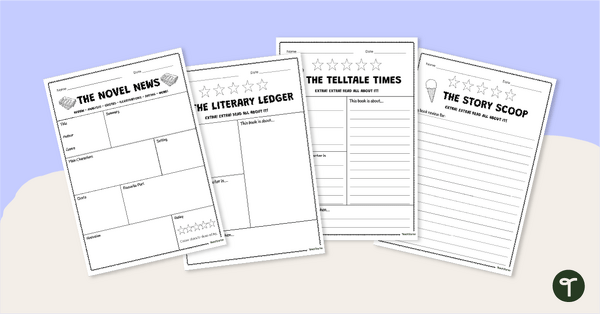
Newspaper Themed Book Report Templates
Read and write all about it with a fun newspaper-themed book review template.
- Plus Plan
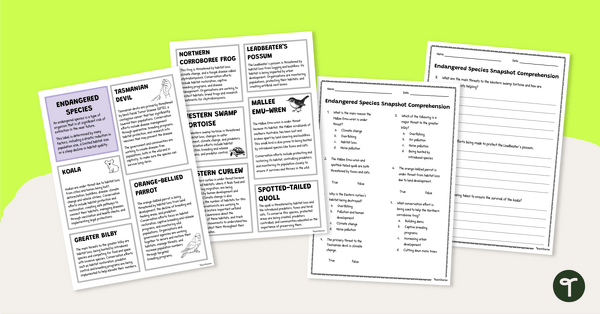
Australian Endangered Species Snapshots – Comprehension Worksheet
Explore some Australian endangered species with your students using this set of reading passages with comprehension questions.
- Free Plan
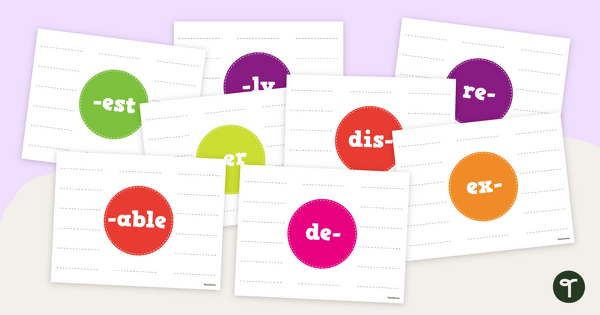
Prefix and Suffix Gallery Walk Activity
Get your students up and learning about prefixes and suffixes with an engaging gallery walk activity.
- Plus Plan
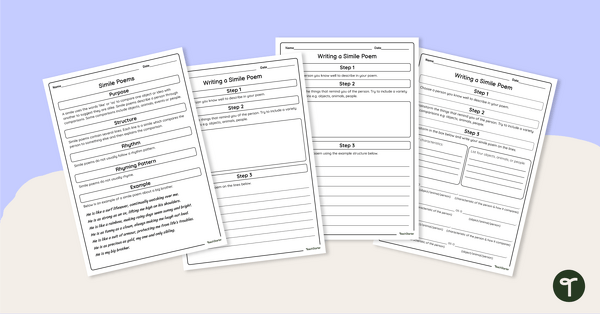
Writing a Simile Poem - Worksheet
Experiment with similes by writing a simile poem about a special person.
- Plus Plan
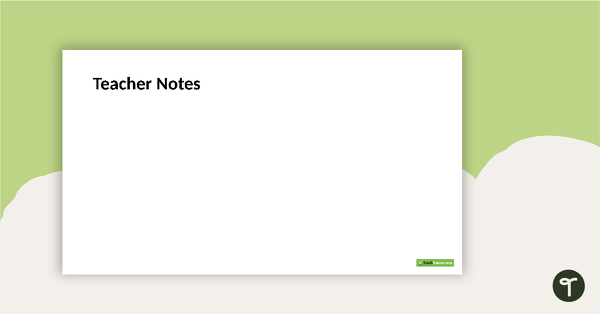
Forms of Poetry PowerPoint
A 28 slide editable PowerPoint template the use when introducing students to structured forms of poetry.
- Plus Plan
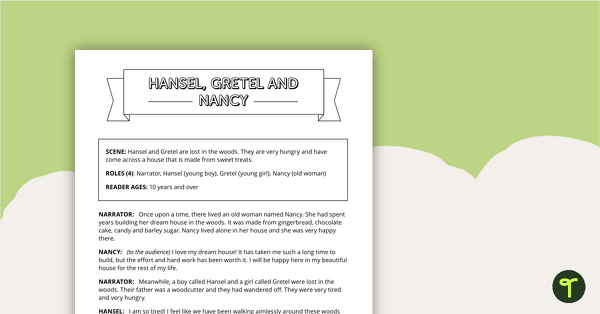
Readers' Theatre Script - Hansel, Gretel and Nancy
A script which can be used during readers' theatre or Drama sessions, aimed at students 10 years and over.
- Plus Plan
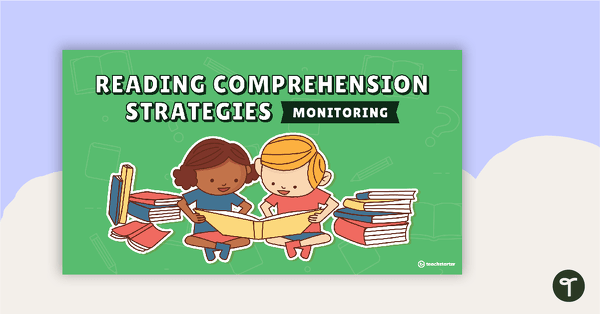
Reading Comprehension Strategies PowerPoint - Monitoring
A 14 slide editable PowerPoint template explaining the reading comprehension strategy of monitoring.
- Plus Plan
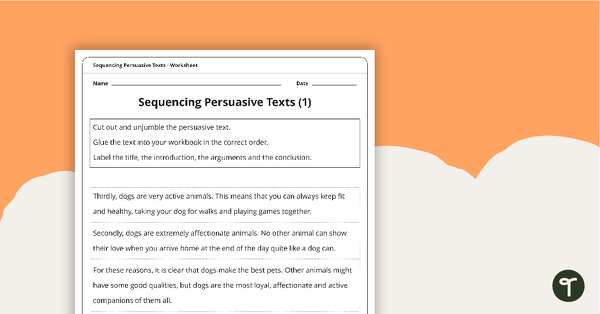
Persuasive Texts Sequencing Activity
3 jumbled persuasive texts for students to sequence in the correct order.
- Plus Plan
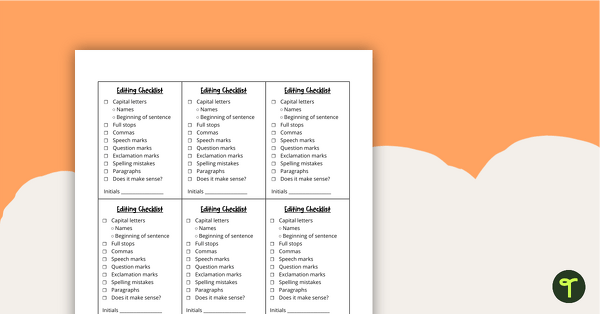
Writing Editing Checklist
Now your students can make sure that they check everything when they are editing their work... no mistake gets left behind!
- Free Plan
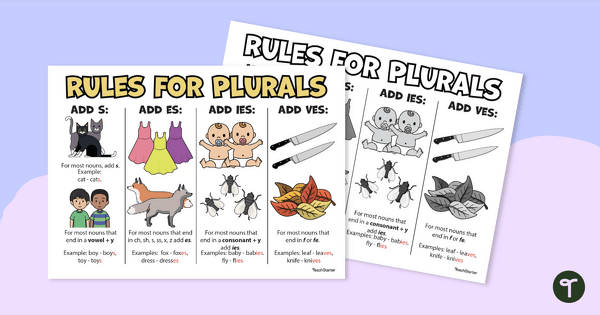
Plural Nouns Chart — Printable Plural Rules Guide
Help students remember the different plural rules with a handy printable guide created for teachers to hand out.
- Free Plan
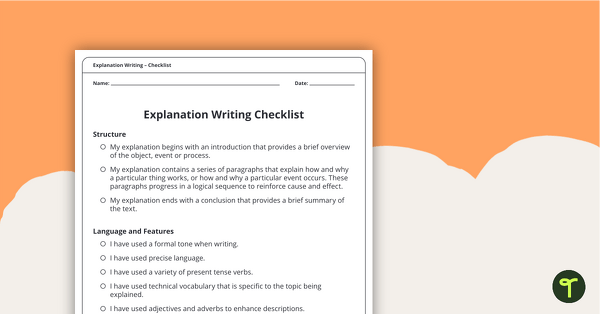
Explanation Writing Checklist – Structure, Language and Features
A checklist for students to use when proofreading and editing their explanation writing.
- Free Plan
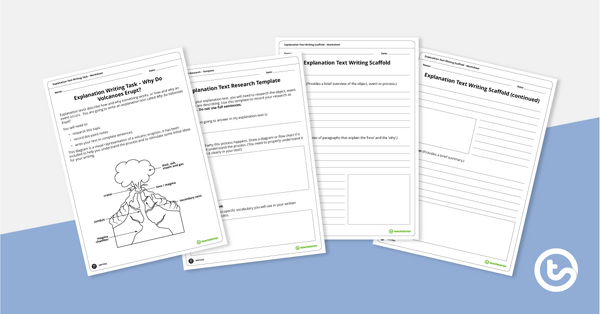
Explanation Text Writing Task – Why Do Volcanoes Erupt?
A scaffolded writing task for students to complete when learning about the explanation text type.
- Plus Plan
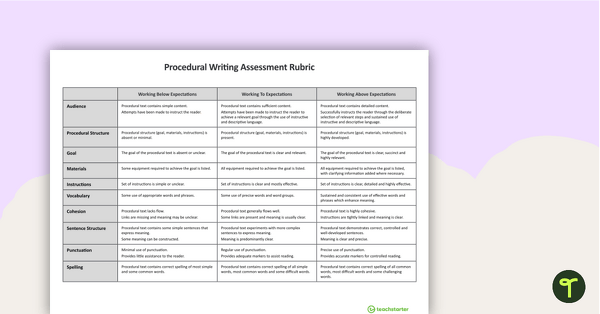
NAPLAN-Style Assessment Rubric - Procedural Writing
A NAPLAN-style rubric designed to help teachers to assess students' procedural writing.
- Plus Plan
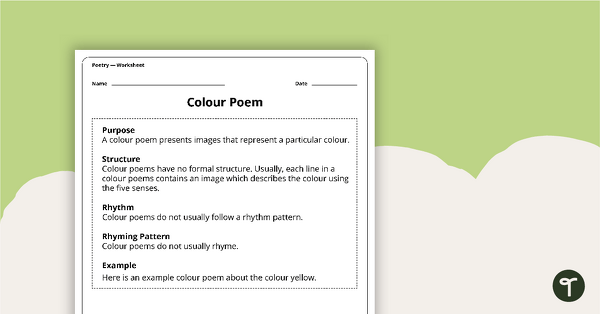
Writing a Colour Poem Worksheet
A 2 page worksheet for students to use when learning how to write a colour poem.
- Plus Plan
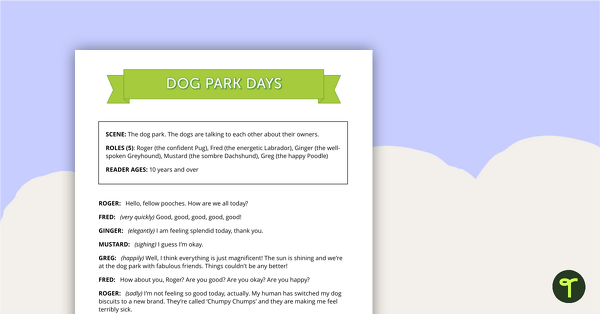
Readers' Theatre Script - Dog Park Days
A script which can be used during readers' theatre or Drama sessions, aimed at students 10 years and over.
- Plus Plan
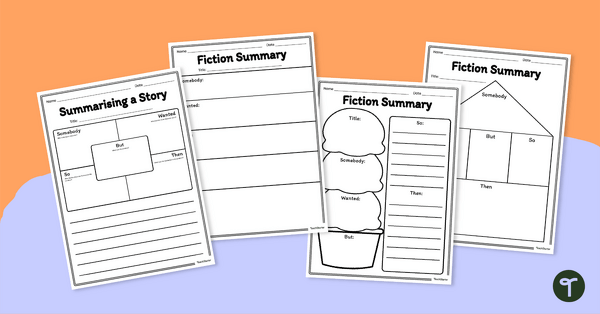
Summarising a Story Graphic Organisers
Use these graphic organisers to help students when summarising a story.
- Plus Plan
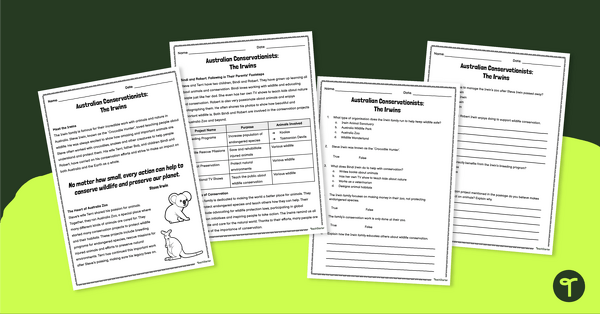
Australian Conservationists: The Irwins – Comprehension Worksheet
Learn about the Irwin family and their conservation work with this 2-page reading passage and accompanying comprehension questions.
- Plus Plan
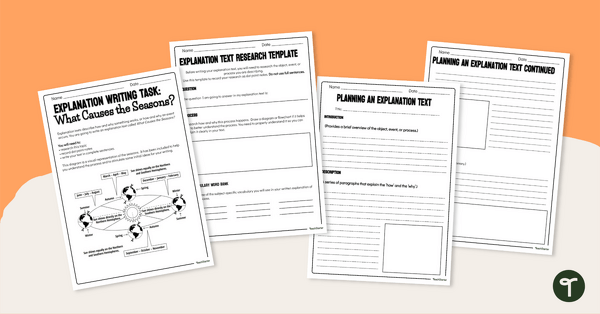
What Causes the Seasons? Explanation Text Writing Task
Use this scaffolded writing task to have students write about how seasons change.
- Plus Plan
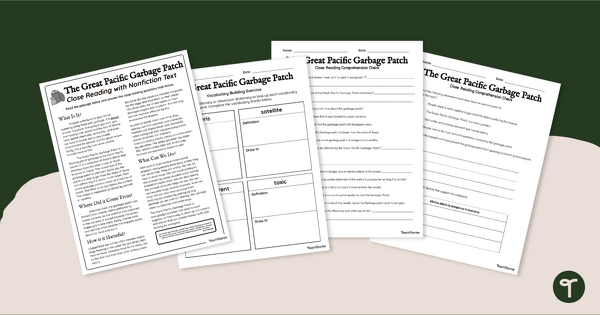
Comprehension Worksheets - The Great Pacific Garbage Patch
Read to learn about the Great Pacific Garbage patch with a printable reading comprehension worksheet pack.
- Free Plan
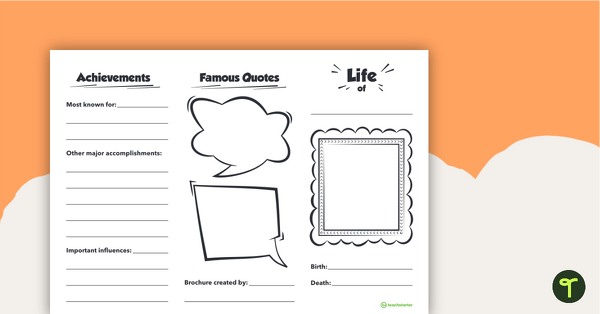
Biography Brochure Template
A brochure template to use when writing biographies.
- Plus Plan
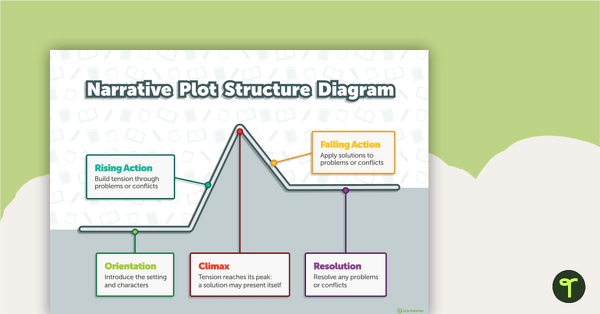
Narrative Plot Structure Diagram
A plot diagram for students to refer to when planning their narrative writing.
- Plus Plan
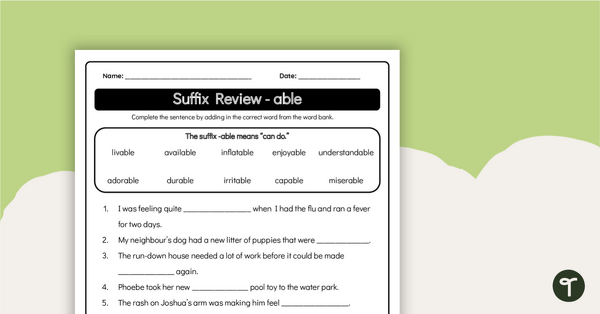
Suffix -Able - Grammar Worksheet
Transform your students’ vocabulary skills with our skill-building English worksheets, featuring the powerful “-able” suffix
- Plus Plan
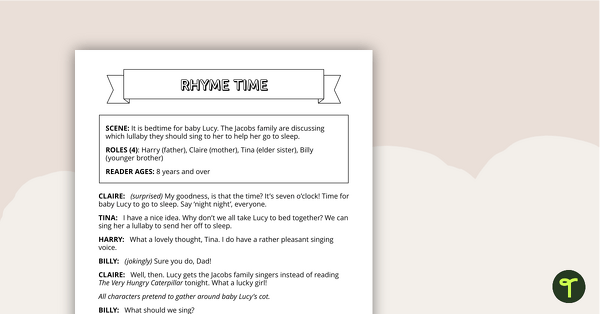
Readers' Theatre Script - Rhyme Time
A script which can be used during readers' theatre or Drama sessions, aimed at students 8 years and over.
- Plus Plan
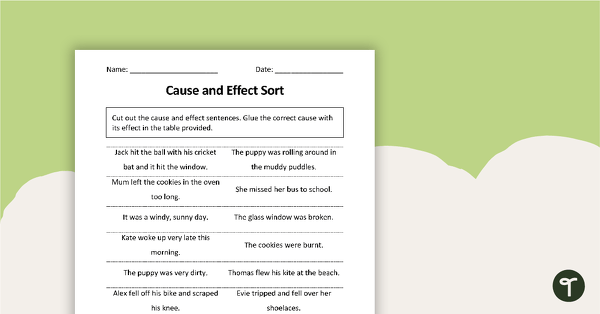
Cause and Effect - Sentence Sort Worksheet
A worksheet and answer sheet to use when teaching students the cause and effect comprehension strategy.
- Plus Plan
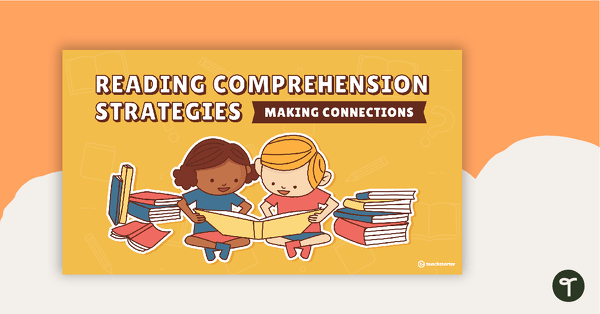
Reading Comprehension Strategies PowerPoint – Making Connections
A 14 slide editable PowerPoint template explaining the reading comprehension strategy of making connections.
- Plus Plan
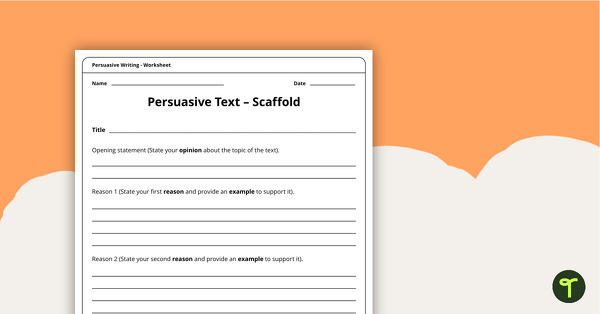
Persuasive Texts Writing Scaffold
A one page scaffolding sheet which can be used to write a persuasive text.
- Plus Plan
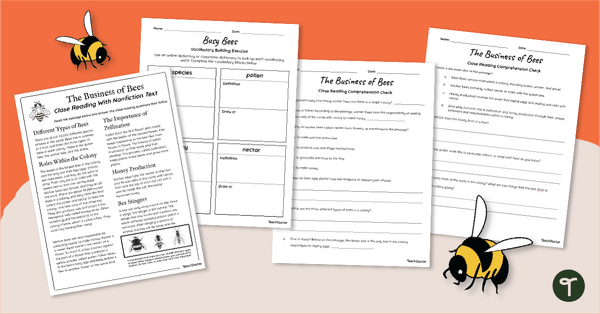
Year 5 Reading Worksheets - The Business of Bees
Read and learn about bees, pollination and honey production with a reading comprehension passage and worksheet pack.
- Plus Plan
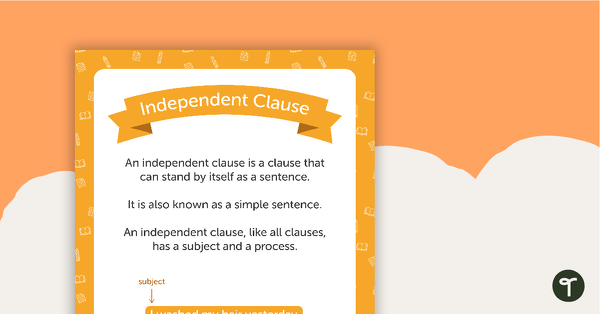
Types of Clauses Posters
A set of five posters examining the structure of independent and dependent clauses.
- Plus Plan
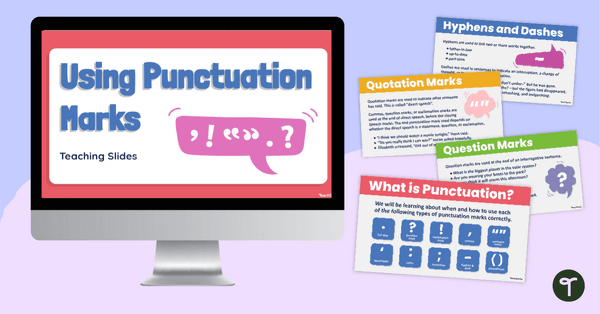
Using Punctuation Marks PowerPoint
Teach the correct usage of punctuation marks with an interactive Punctuation PowerPoint for upper years students.
- Plus Plan
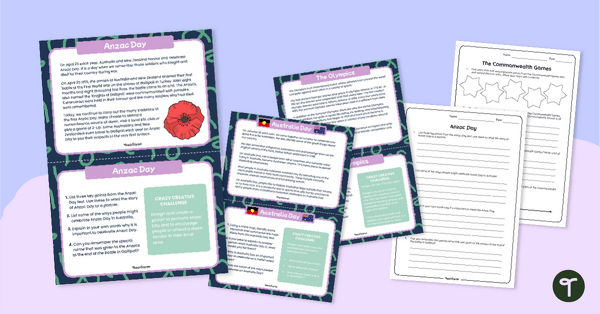
Comprehension Task Cards Summarising
Practise summarising text with these relevant events-based texts.